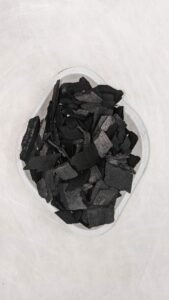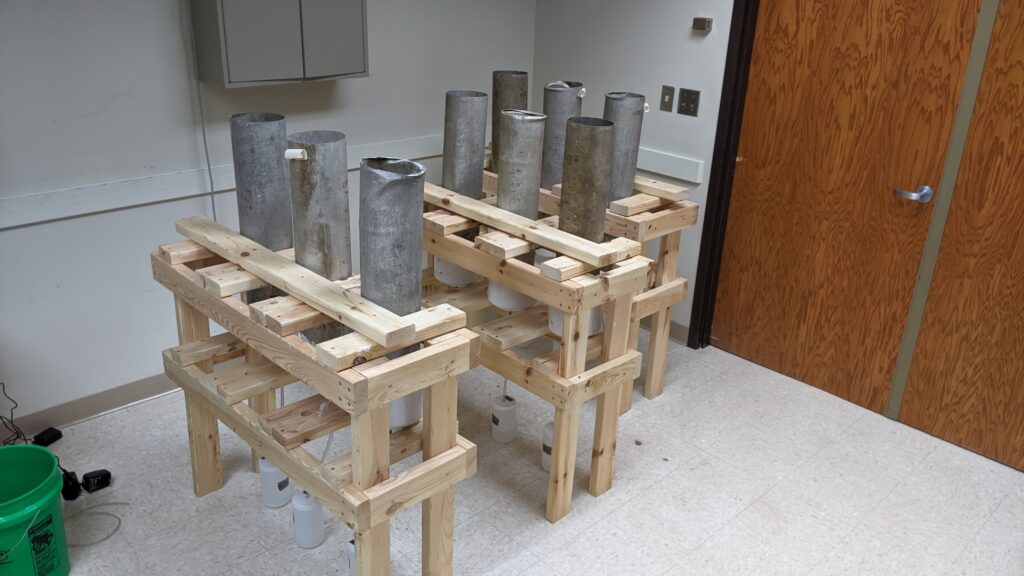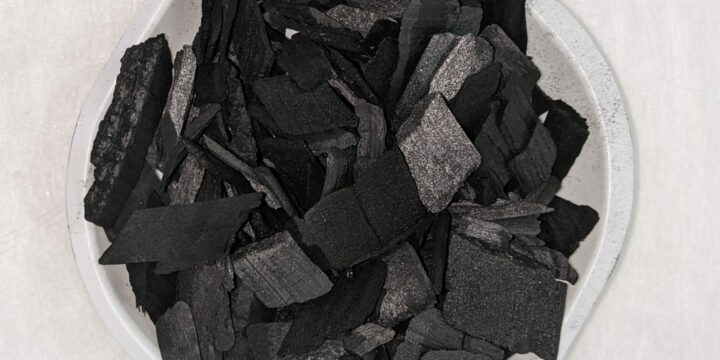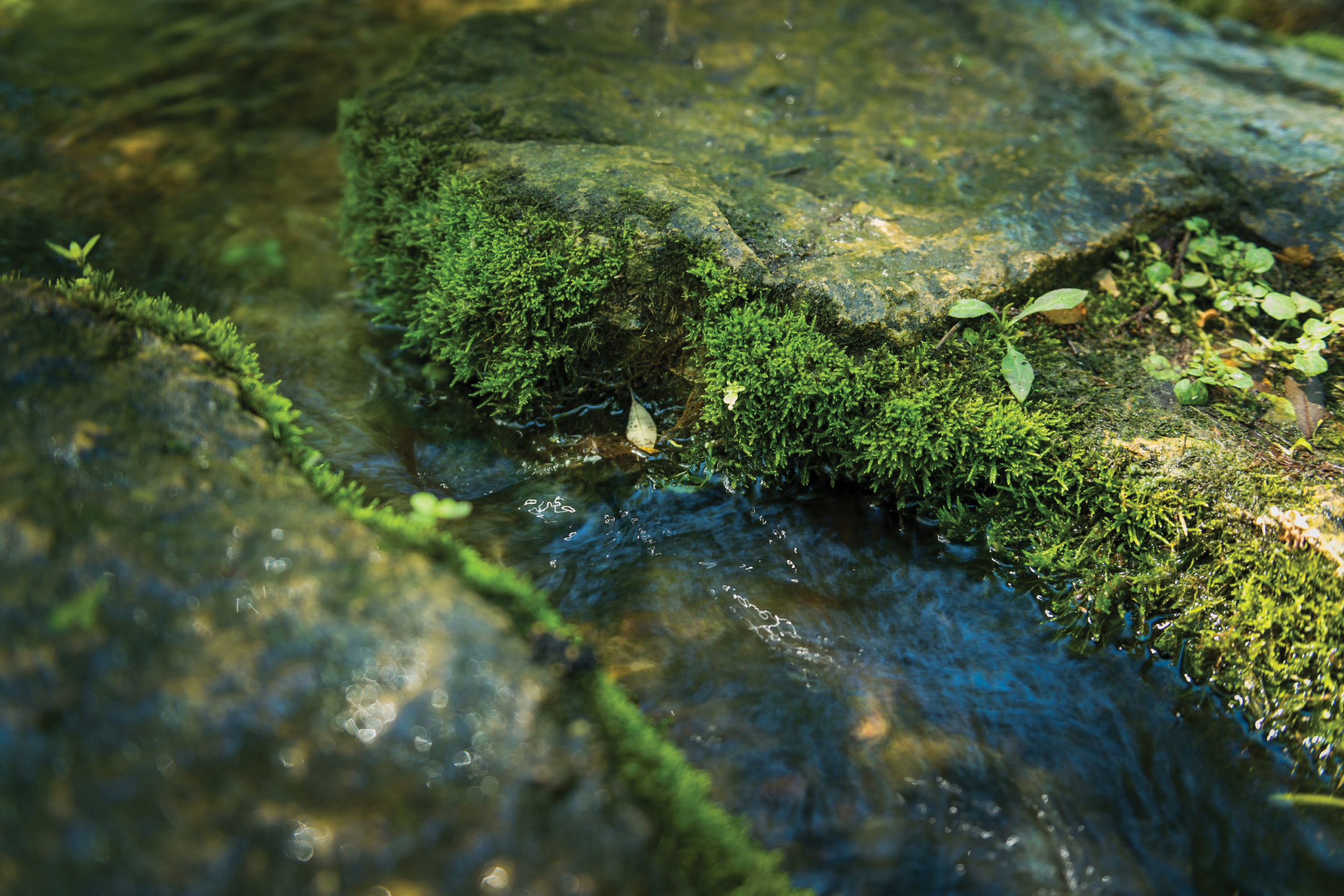
Joe Sanford with the University of Wisconsin-Platteville has spent his academic career getting his hands dirty. The assistant professor of soil and crop science has been studying uses for biochar, a form of charcoal that’s made by burning wood and plant byproducts (pine chips or dried corn plants) under low oxygen conditions.
For his new project, funded by the University of Wisconsin Water Resources Institute, Sanford is building on findings in scientific literature and his own research in the field at the U.S. Dairy Forage Research Center at Prairie du Sac. He found that biochar, when amended to the soil, offered a 40% reduction in the amount of nitrogen in water runoff from corn silage bunkers used on farms for storage. (The silage is used to feed animals during winter.) Farmers typically treat silage bunker runoff by letting it flow through strips of vegetation that promote infiltration into the soil. These are called vegetative treatment areas (VTA). The biochar is added to the soil of these VTAs. Sanford is studying ways to make this 40% reduction even better.
Nitrate is the most common pollutant in private wells in Wisconsin, with 10% of wells statewide reporting concentrations that exceed Environmental Protection Agency standards. The percentage of polluted wells rises threefold in highly agricultural parts of the state. Nitrate contamination in groundwater is a major concern in rural communities and poses a significant human health risk – it can cause blue baby syndrome (methemoglobinemia), for example.
Sanford found a farmer willing to help him with his two-year project, which is called, “Assessment of biochar application to reduce nitrate leaching through agricultural vegetative treatment areas.” Whenever it rains, Sanford goes to the farm and collects some silage bunker runoff.

He brings it back to the lab and then applies the runoff to columns of soil 65 cm tall that have had biochar incorporated into them at different depths. Sanford and his team collect the leachate that runs through the fiberglass mesh at the bottom of the soil columns and analyze it for nitrogen concentration. He plans to apply runoff water to the soil columns every two weeks for a total of 60 weeks.
“Our idea when we began the project was how to apply biochar to the surface of these vegetative treatment systems so that farmers could just come along with some sort of tillage equipment to incorporate it into the soil and reseed the area,” Sanford said. “The different depths we’re looking at are actually different tillage equipment depths. You have a shallow tillage (15 cm) and then a deeper conventional tillage (30 cm).”
Another thing Sandford is looking at is whether the type of biomass used to make the biochar makes a difference. He’ll be comparing the use of biochar made from hardwood waste and corn waste (corn stover). He’ll also evaluate the nitrate leaching differences between biochar produced at high and low temperatures.

How long might the beneficial effects of biochar in the soil last? Sanford said biochar should work for “a considerable amount of time.” But he’d like to investigate that further in a different study. “Can we just reapply and re-till it in or do we need to remove the soil and bring in new material?”
Sanford said many farmers who have spent time and effort to install VTAs will be interested in the study’s results. The findings could also be applicable for other systems where nitrogen leachate causes concerns, such as septic systems. He also said it could possibly help treat PFAS runoff.
Planned outreach products for this project include a fact sheet and presentations. “The goal is to put together some material on paper that’s directed toward agricultural producers on how they could possibly use this and also to give some presentations to sustainability groups around the state on our results so that they have an idea of what their options are and what we’re up to,” Sanford said.




